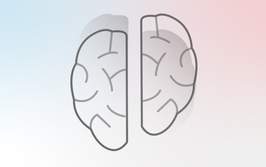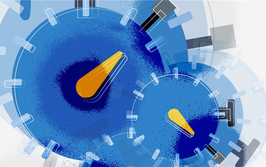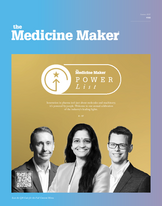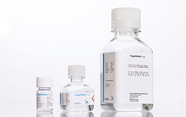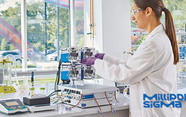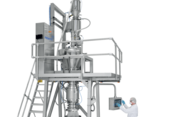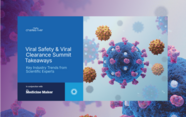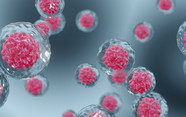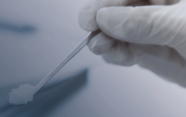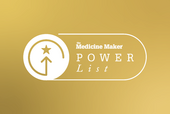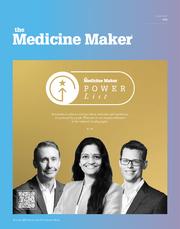Shifting to Animal-Free Drug Development
The FDA says it wants to phase out mandatory animal testing requirements for drug approval. What comes next? We find out why a variety of different methods may be needed.
Tomasz Kostrzewski | | 5 min read | Opinion

The FDA’s recent announcement to phase out mandatory animal testing for drug approval is an historic shift for the biopharma industry, providing a clear call to action for drug developers to move away from traditional animal studies and embrace a range of human-relevant new approach methods (NAMs), including organ-on-a-chip and in silico technologies.
The announcement builds on the Modernization Act 2.0, which was passed by congress in 2023, explicitly authorizing the use of non animal alternatives to support investigational new drug (IND) applications and removing the requirement for animal studies. This latest move goes much further and lays out a long-term, three to five year roadmap to reduce animal studies from the norm to exceptions in the standard drug development process.
The FDA’s decision to initially focus on monoclonal antibodies – which are relatively safe and well-tolerated by humans – is a cautious first step that allows lessons to be learnt and for new approach methodologies to become entrenched into workflows in preparation to expand into additional drug types in the future. The main safety concern for monoclonal antibodies is immunogenicity, an area with notoriously poor translatability between animals and humans, and where undetected risks have led to tragic outcomes during clinical trials – the most notable example being the mAb TGN1412, which caused a life-threatening cytokine release syndrome in human volunteers despite appearing safe in preclinical monkey studies. That tragedy highlighted the limitations of animal models for certain immune-activating mAbs and spurred efforts to develop in vitro assays to better predict human-specific responses.
Besides the shortcomings and ethical considerations of animal use, the skyrocketed costs of non-human primates (NHPs) also pose practical challenges that hike up drug costs – an average NHP now costs more than $50,000 per animal, and supply chain limits mean studies can be delayed by months or even years. As a result, developing a mAb study now costs $650-$750 million and takes up to nine years. All of these costs will eventually be borne by patients and healthcare systems. By reducing the need for mandatory NHP studies for mAb development and other human specific modalities, the FDA hopes to get more molecules into the client that have been tested using in silico and in vitro approaches.
There are, however, a number of scientific challenges to overcome to fully replace animal tests. Ultimately, no in vitro or in silico model is a complete biological system or organism. Therefore, the skill lies in determining which combinations of NAMs should be used to effectively determine a drug’s efficacy and safety. For example, a novel cancer therapy could be developed first by identifying a novel target using AI/ML approaches. Molecules against this target could also be designed in silico and then tested for their efficacy (target engagement and ability to prevent tumor growth) and safety through a range of in vitro methods. Predicting the first-in-human dose for the drug could also be done using a range of in vitro approaches to predict bioavailability and then quantitative systems pharmacology models to predict target tissue exposure.
Modelling the human immune system and human aging (including neurodegenerative diseases) are a challenge in all experimental set ups (both in NAMs and in animals), but further advances are being made all the time.
It is also really important to note that, when first used, animal models were never fully validated before being adopted by the pharmaceutical industry. They simply became the norm, following the thalidomide scandal where thousands of babies were born with physical abnormalities. The assumption was made that many biological processes are conserved between animals and humans. However, as years have gone by, and our understanding of human biology has increased (as has the interrogation of animal study data), the translation from animals to humans has come further and further into question. For certain readouts, animal responses are no better than a 50:50 call on whether a drug will be safe or effective in humans, and in certain fields of research, e.g. vaccination development against acquired immunodeficiency syndrome (AIDS), prediction failure of chimpanzee and macaque models is 100 percent.
Newer drug modalities, with human-specific targets or pathways, also pose additional challenges. Here, animal use is even less suited, oftentimes completely ineffective (e.g., where the target of interest is simply not expressed). In situations such as these, there is a clear need for non-animal methods to support therapeutic development.
The approaches being taken over the past few years (and in the years to come) to validate non-animal methods are far more rigorous by comparison to the initial adoption of animal models. In this respect, I am confident that NAMs will provide consistently high assurance that drugs are both safe and effective. However, it is always important to remember that no model will be 100 percent accurate, and it is therefore essential that drug developers carefully consider a range of NAMs to most effectively predict drug behaviour in humans. In addition, we need discussions around regulatory harmonization to ensure that consistent approaches are applied around the world, enabling biopharma companies to have smooth interactions with different regulatory agencies.
It will be hugely beneficial for biotech and pharma companies to engage with regulators and discuss how they envision transitioning away from animal testing. Identifying areas that will be most impacted and highlighting where new approach methods have limitations is key. It will also be important for biotech companies to share and promote case studies where they have successfully implemented NAMs to support the validation processes. Ideally, we want to see pharma companies investing early in a variety of different NAMs. By doing so, companies can become familiar with the types of data they generate, learn how to leverage this data effectively, and understand where the limitations of each method lie.
Through early adoption and a deeper understranding of each method, therapeutic developers can better understand which combination of tests will enable them to fully investigate the safety and efficacy of a new drug entity, and allow them to more confidently progress promising drug candidates into the clinic.
Chief Scientific Officer, CN Bio, Cambridge, UK



